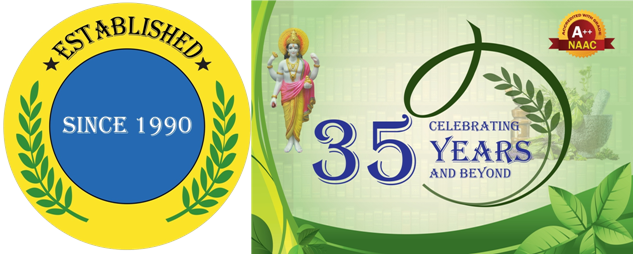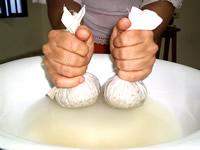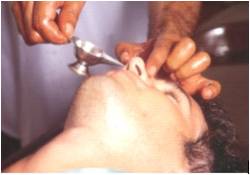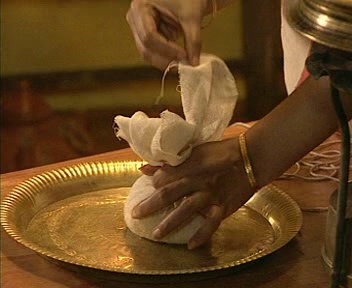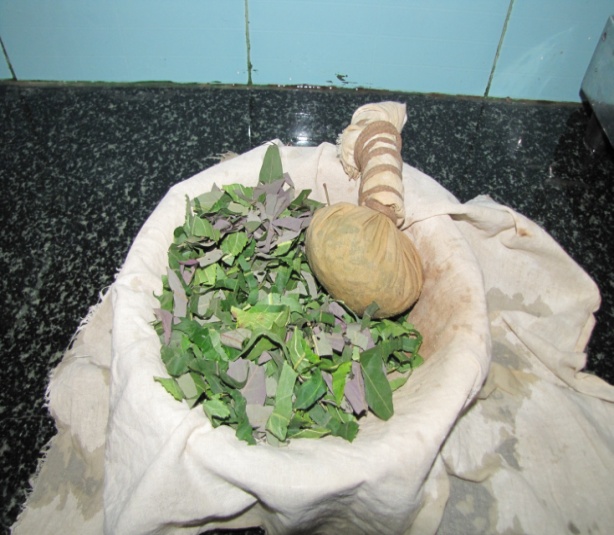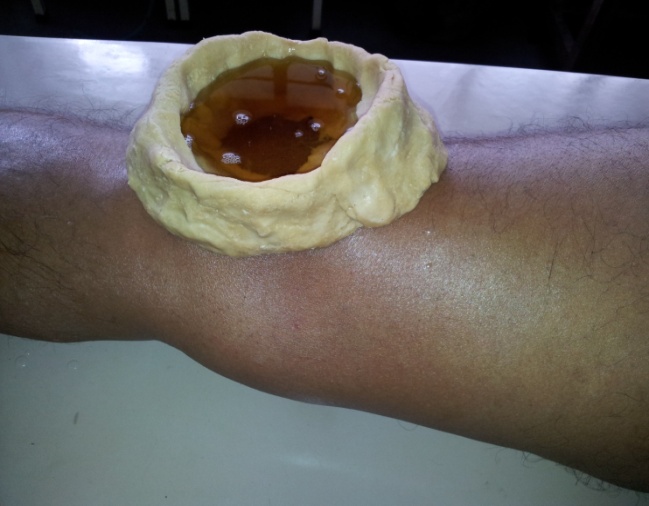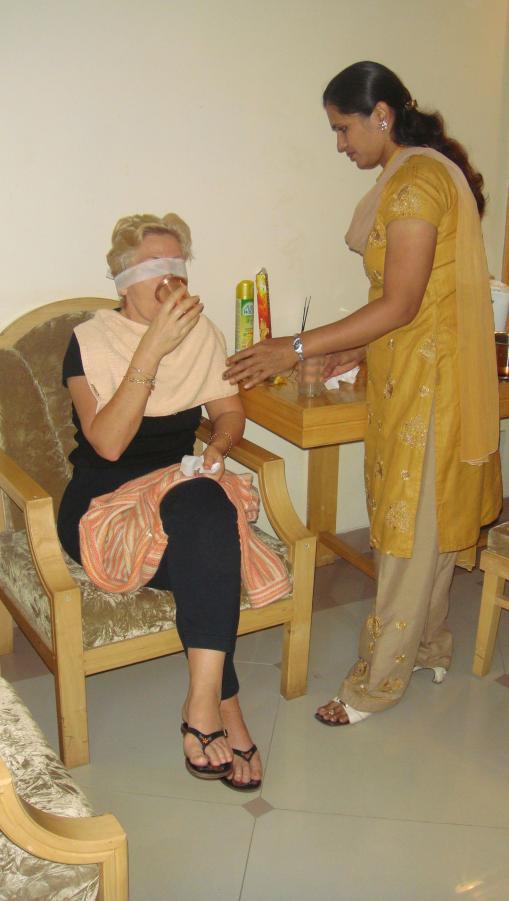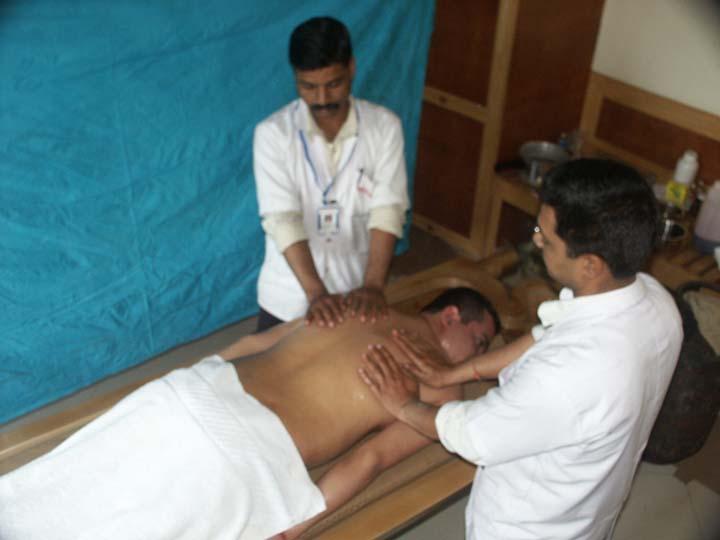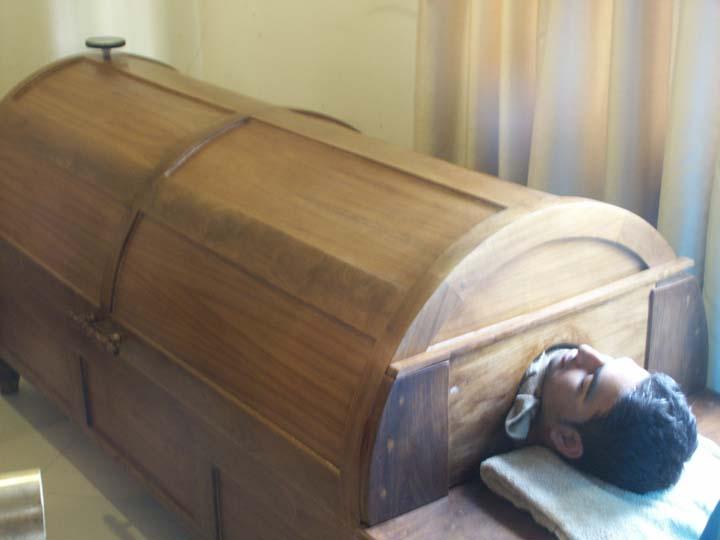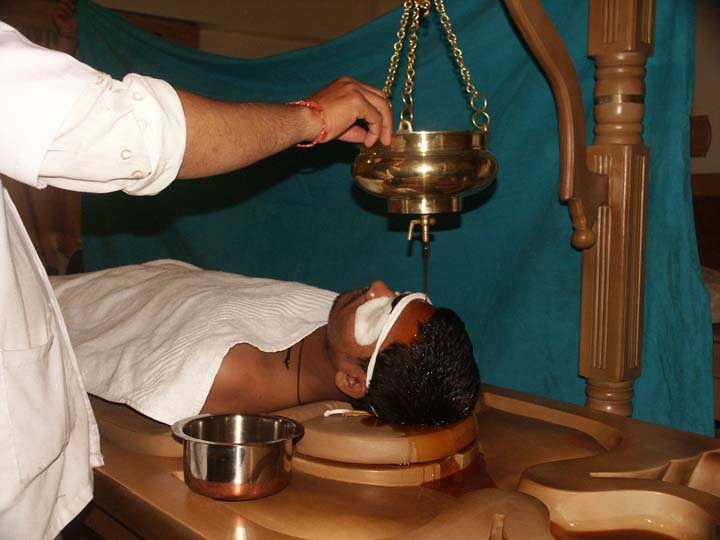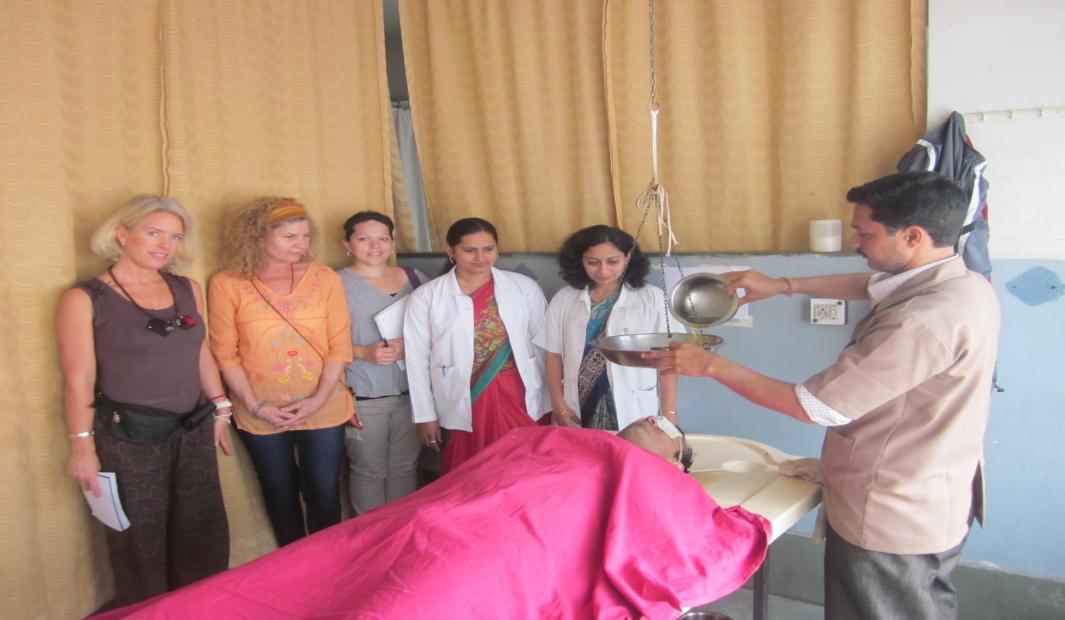Executive Panchakarma Centre Overview
Executive PanchaKarma Centre
|
Executive Panchakarma Centre At the core of Ayurveda, human health is a manifestation of cosmic energy, expressed through the three fundamental elements known as "Tridosha" – Vata, Pitta, and Kapha, which correspond to the principles of motion, transformation, and matter. Each individual’s unique constitution is determined by the balance of these elements. Disruptions in this balance, caused by factors such as diet, lifestyle, habits, seasonal changes, repressed emotions, and stress, can lead to various health disorders and diseases. "Panchakarma," literally meaning five actions, refers to a set of five purifying and rejuvenating procedures aimed at eliminating toxins from the body, mind, and consciousness, thereby restoring Doshika balance. These procedures balance the immune system and slow down the aging process. The fivefold purificatory therapy includes:1. Vaman (Emesis procedure) 2. Virechan (Purgative Procedure) 3. Basti (Medicated Enema Therapy) 4. Nasya (Nasal Insertion Therapy) 5. Raktamokshana (Blood Letting Therapy) Other allied beneficial therapies viz. Shirodhara, Pizichil etc. are also used. The therapies are treatment tools for diseased ones whereas preventive measures for healthy individuals. These can be used separately or in series. Bharati Vidyapeeth Medical Foundation’s (BVMF) Ayurved Hospital not only deals with the treatment of the patient but is one of the genuine Ayurvedic research centers in India. Being a part of an academic institute, in house experts of various branches are readily available. This advantage is availed to treat the patient as a ‘whole’, at our Executive Panchakarma Centre (EPC). Thus our Executive Panchakarma Centre is one of rarest places where ancient wisdom is practiced with modern scientific rigor. This centre has been established because of keen interest shown by our dynamic Executive Director (BVMF) Hon’ble Dr. Mrs. Asmita Jagtap. Since 2010 numerous patients from different countries like France, Germany, USA, Mauritius, had availed the treatment facility in Executive Panchakarma Centre. The following services are available in our well equipped Executive Panchakarma Centre-1. Consultation 2. Panchkarma Therapies 3. Day care facilities 4. Diet Therapy 5. Luxurious Residential Facilities 6. Separate Male and Female Therapy Unit 7. Weight management 8. Relaxation therapy 9. Life style counseling 10.Specific therapies for IT professional |
Vaman
|
Vaman (Induced Emesis Therapy): One of the Panchakarma procedures is medicated emesis therapy. It eliminates vitiated Kapha Dosha (acting as toxin) accumulated in the body and decongests the respiratory tract. Daily treatments of Snehana (Internal & external oleation) & Swedana (steam bath) are administered to loosen and mobilize the vitiated Kapha Dosha. The process lasts for 5-7 days. Indications: - Duration: - |
Virechan (Induced Purgation Therapy)
|
Virechan (Induced Purgation Therapy) A medicated purgation therapy, removes vitiated Pitta Dosha (acting as toxin) accumulated in the body. Ayurved believes that there is an intimate relationship between Pitta Dosha & Rakta Dhatu (blood). Virechana, being a therapy for Pitta can be widely used for such life style disorders where blood biochemistry is disturbed. Same pre procedures (as in Vamana) are followed for Virechana too. Indications:- Duration:- |
Basti (Medicated Enema Therapy)
|
Basti (Medicated Enema Therapy) According to Ayurvedic perspective, all voluntary and involuntary the movement in the body like walking, sitting and (Respiration, circulation peristalsis, transport of nerves impulses, defecation, urination etc. are governed by Vata Dosha only. Thus Basti is considered as the mother of all treatments. It eliminates all accumulated vitiated Doshas; however is usually practised for Vata disorders. Classical pre procedures are followed by administration of decoction of Ayurvedic herbal medicines/medicated oils/medicated milk etc. through anal route, same as in enema. Indications:- Duration:- |
Nasya (Nasal Insertion Therapy)
|
Nasya (Nasal Insertion Therapy) Administration of medicated oil through the nose, cleanses vitiated Kapha Dosha from the head and neck region. Along with oil preparations, medicated milk, ghee, herbal powders are also recommended as per requirement of patient. According to Ayurvedic discipline medicines administered through nasal route have their direct effect on brain & nervous system. Hence Nasya is most effective & still most simple procedure among these five karma. Indications:- Duration:- |
Raktamokshan (Blood Letting Therapy)
|
Raktamokshan (Blood Letting Therapy) The term ‘Rakta’ stands for blood whereas ‘Mokshan’ means flow out of the body i.e.letting. It is a very effective therapy in which carefully controlled removal of small quantities of blood helps to eliminate all toxins accumulated in Rakta / blood. Thereby it is a principal therapeutic measure in all blood borne diseases. Removal of impure blood is done with the help of ‘leach’ (Jalauka) or by different means. Indications:- |
Allied PanchaKarma Procedures
|
Allied PanchaKarma Procedures Practice of Panchakarma has undergone evolution & some new or different therapies are introduced under this umbrella. Abhyanga (Massage Therapy) & Swedan (Sudation Therapy): This is a scientific oil massage using medicated oils. Here the age old traditional method is modified with the help of inputs by modern anatomy and physiotherapy experts. It is performed by well trained staffs. This therapy is followed by Sudation by medicated decoction in a specially designed wooden box. When the body starts relaxing, the mind is calmed down with pleasant music. Indications:- |
Pizichil (Sarwang Dhara / Oil Bath)
|
Pizichil (Sarwang Dhara / Oil Bath): This is a Keralian (a south Indian state) traditional method now practiced worldwide. In this process medicated oil, decoction of medicinal herbs or milk is poured all over the body in a specific rhythmic movement. It is the combination of Snehan (oleation) and Swedana (sudation) therapy. It can be used for specific part also e.g. both knee joints, shoulder joints etc. Indications:- |
Udvartan (Powder Massage)
|
Udvartan (Powder Massage) Powder massage is done in a scientific way all over the body or to specific part of the body. The treasure of Ayurvedic medicines includes so many herbs which are boon for skin. They are used in dry powdered form for this therapy. Indications:- |
Shirodhara
|
Shirodhara: Drastic change in lifestyle since couple of decades has made ‘stress’ is an ‘ingenuous’ global pandemic. Today stress is the root cause of many physical as well mental disorders. For giving a holistic solution to such diseases, Shirodhara is a praiseworthy tool as it mainly acts on mind. In Shirodhara liquids like medicated oils / milk / buttermilk or decoction are poured over forehead continuously for a specific period in a specific manner. Selection of medicines depends on the disease and condition of the patient. Indications:- |
Shirobasti
|
Shirobasti: It is a process in which the whole scalp is bathed with luke warm medicated oil for certain period with the help of leather cap. Selection of the oils depends upon the disease and condition of the patient. Indications:- |
Akshitarpana / Netrabasti
|
Akshitarpana / Netrabasti: Ayurved gives due importance to ‘ophthalmology’. Various procedures like Anjan, Aschotan, and Bidalaka are specifically mentioned for eye disorders. Akshitarpan is one of them, in which the whole eye is bathed with medicated oil or ghee. Indications:- |
Katibasti
|
Katibasti: Today’s fast moving life style gives birth to various ailments like backache. To cure such disorders Katibasti is one of the important procedure in which oil is kept on the site of lumbar (back) region for certain period. Indications:- |
Panel for Executive Panchakarama Centre
Panel for Executive Panchakarama Centre
| Patron | Dr.Mrs. Asmita Jagatap, Executive Director, BVMF, Pune |
| Director | Dr.Mrs. Shubhangi R. Katkar |
| Member | Dr.Santosh E. Chavan |
| Member | Dr.Mrs. Minaj A. Dhage |





